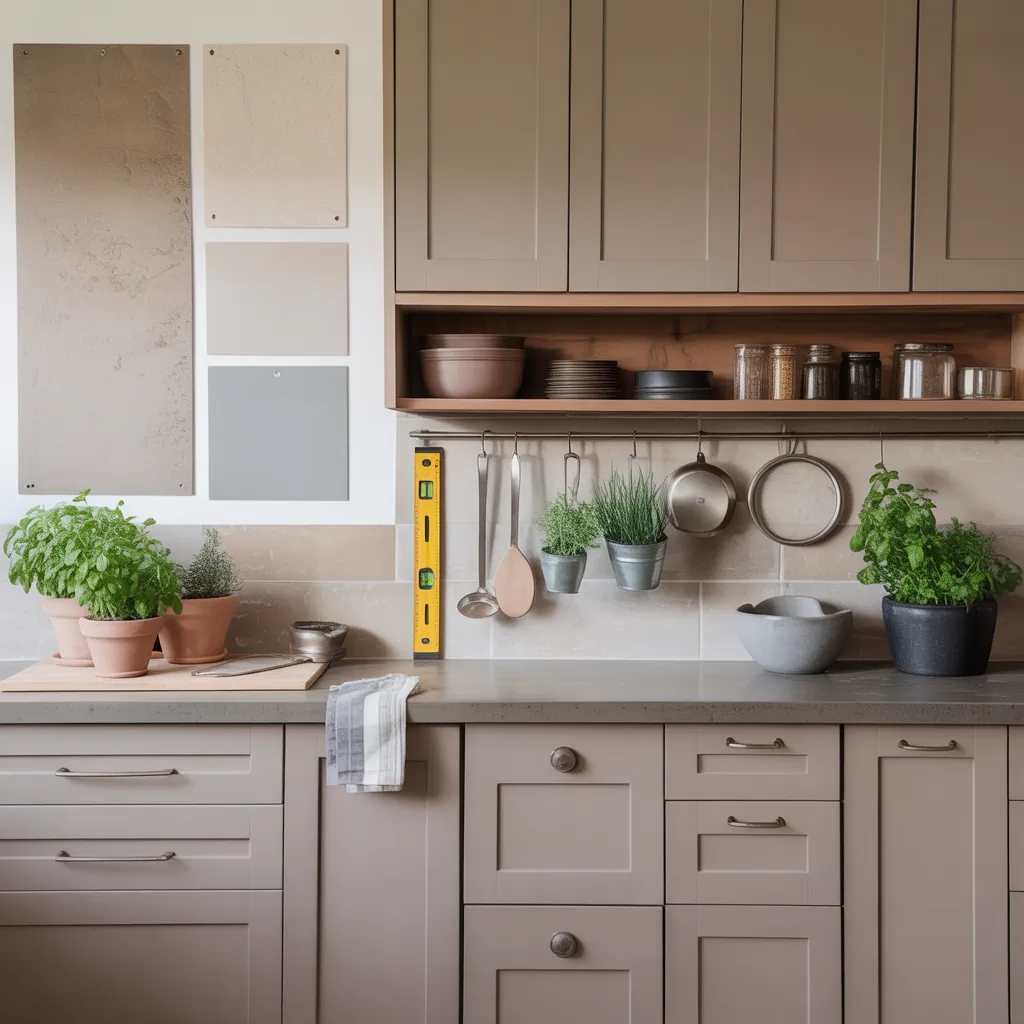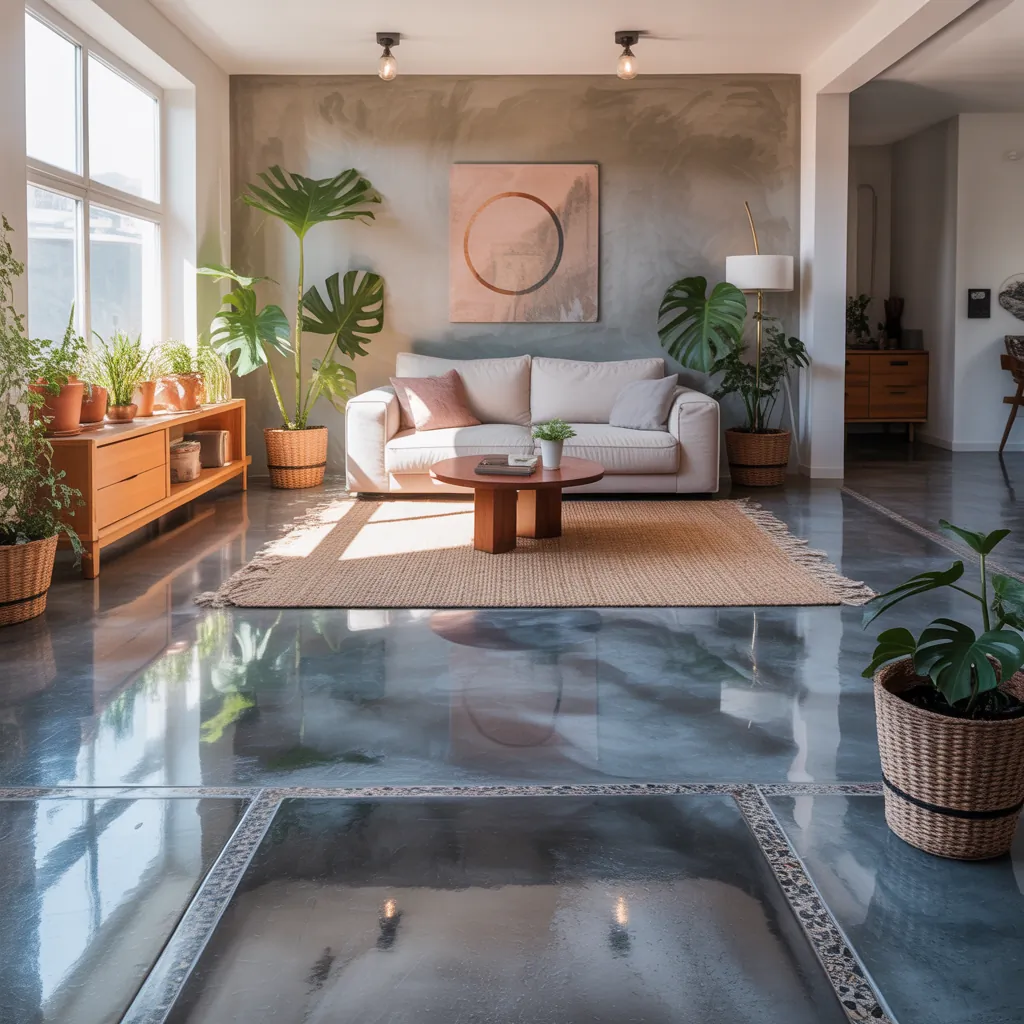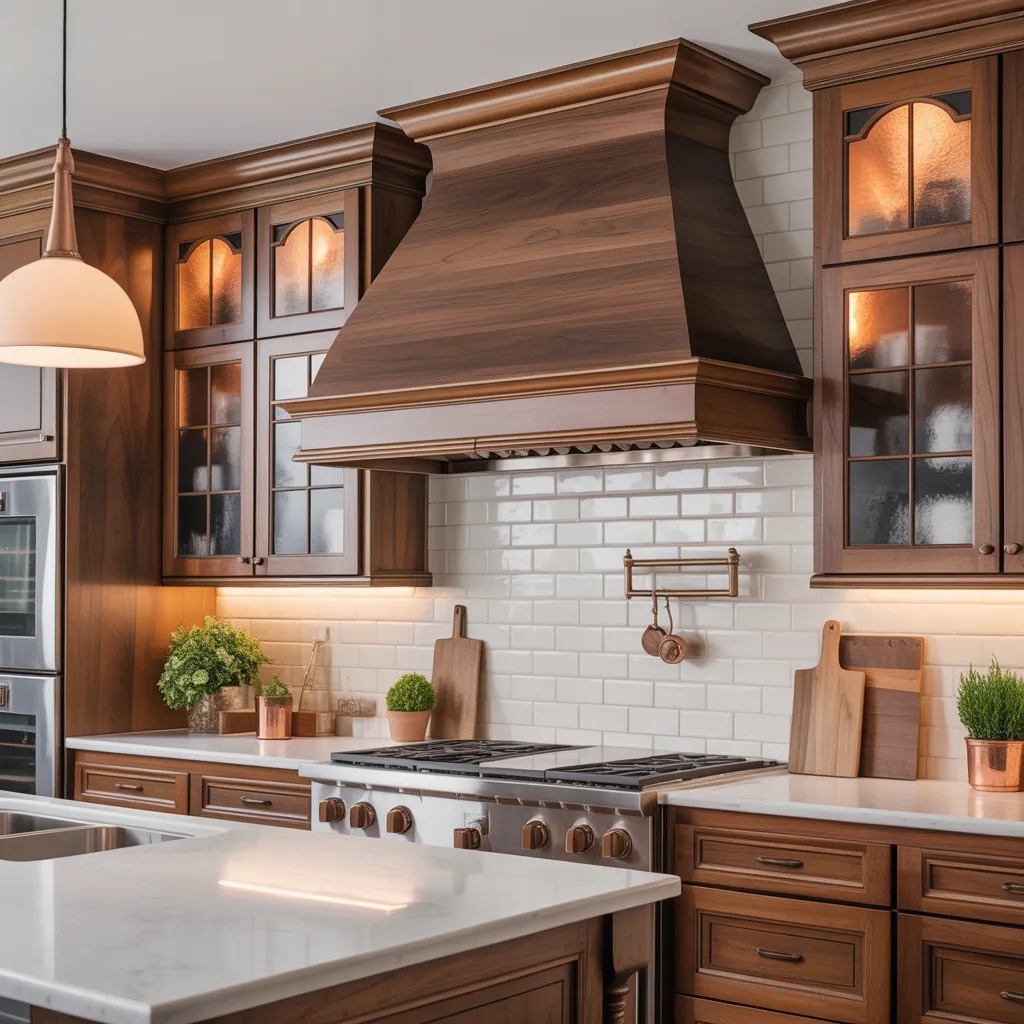Have you ever stood in your kitchen with a paint swatch in one hand and a cup of coffee in the other, wondering how to make the space feel peaceful and modern without committing to bold colors? Whether you’re renovating on a budget, preparing to sell, or simply craving a calmer space, choosing a neutral palette is one of the smartest ways to create a flexible, timeless kitchen. In this post I’ll share practical ideas for neutral kitchen design, step-by-step DIY tips, and real-world inspiration so you can transform your space without overwhelm.
Why choose a neutral kitchen?
A neutral kitchen offers a calming backdrop, improves resale value, and makes everyday maintenance look cleaner. Neutral color schemes — think soft whites, greiges, warm taupes, and muted grays — give you a versatile canvas to add texture, warmth, and personality with accessories, finishes, and lighting. They also make small kitchens feel brighter and larger, and let architectural features and materials shine.
Top ideas for neutral kitchen designs
Below are actionable, budget-friendly and elevated ideas for neutral kitchen design and decor. Each concept includes DIY or small-scale upgrade steps so you can take action this weekend.
1. Start with a calm color palette
- Choose a base wall color in warm white, cream, or light greige for a soft, consistent foundation.
- Pick 2–3 complementary neutrals for cabinets, countertops, and trim — e.g., off-white walls, soft gray cabinets, and a warm beige countertop.
- Tip: Test paint on multiple walls and observe at different times of day to avoid surprises from changing light.
2. Reface or paint cabinets for a big impact
Painting cabinets is one of the highest-impact, lowest-cost ways to refresh a neutral kitchen.
- Remove doors and hardware, label pieces, and clean thoroughly.
- Sand lightly, apply a bonding primer, then two thin coats of a durable cabinet paint (semi-gloss or satin).
- Replace old knobs with matte black, brushed brass, or antique nickel to add subtle contrast.
3. Layer textures, not just colors
Neutral doesn’t mean flat. Layer wood, stone, metal, and textiles to add visual interest:
- Butcher block or reclaimed wood shelves
- Matte porcelain backsplash tiles or classic subway tile with subtle grout
- Woven baskets, linen curtains, and a jute rug
- Brushed metal faucets and light fixtures
4. Create a subtle focal point
A neutral kitchen still benefits from a focal point. Consider an island painted a slightly darker neutral, a textured tile backsplash behind the range, or open shelving with curated ceramics.
5. Upgrade lighting for drama and warmth
Good lighting makes neutrals sing. Combine ambient, task, and accent lighting:
- Replace dated fixtures with pendants over the island—choose natural finishes like matte black or aged brass.
- Under-cabinet LED strips for task light and to highlight backsplashes.
- Dimmer switches to adjust mood and highlight textures during evening gatherings.
6. Opt for neutral-friendly countertops
Budget: laminate or quartz-look options in soft stone patterns. Splurge: honed marble or quartzite with gentle veining. Keep veining subtle to maintain the calm aesthetic.
Practical DIY projects to achieve a neutral kitchen
Here are step-by-step small projects that create big visual change without a contractor:
Project A: Quick backsplash refresh (weekend)
- Choose peel-and-stick subway tiles or paintable backsplash panels.
- Clean the grease off walls with degreaser, let dry thoroughly.
- Apply tiles or panels according to manufacturer directions; grout or seal edges.
- Seal with a clear matte finish to keep the look soft and modern.
Project B: Build open shelving (DIY-friendly)
- Measure and plan: choose solid wood or pine planks, sand and finish with a clear oil or soft stain.
- Install heavy-duty brackets anchored to studs for safety.
- Style with neutral dishes, cookbooks, and a few green plants for contrast.
Project C: Swap hardware and faucets
- Measure existing screws and hole spacing before ordering replacements.
- Unscrew old hardware, clean holes, and fit new handles or knobs.
- Replace the faucet with a single-handle matte finish for an instant modern update.
Styling tips and real-world advice
Keep these practical pointers in mind as you design:
- Balance warm and cool neutrals — too many cool grays can feel sterile; add warm wood or brass to temper it.
- Use plants and wooden cutting boards to introduce organic warmth without color overload.
- Scale matters: larger-format tiles or continuous slabs create a more serene, less busy look than tiny mosaics.
- Test textiles (curtains, rugs) in the actual kitchen light — neutrals vary by undertone.
Frequently Asked Questions
1. Are neutral kitchens boring?
No — neutral kitchens can be incredibly dynamic when you layer textures, add interesting finishes (like matte metal or wood grain), and create focal points. A well-styled neutral kitchen feels calming and sophisticated rather than bland.
2. What are the best neutral color palettes for small kitchens?
Go for warm whites, soft greiges, and light taupes. Keep the ceiling and trim the lightest shade to maximize perceived height, and use slightly darker cabinetry or an island to add depth.
3. How can I add personality to a neutral kitchen without introducing bold color?
Introduce pattern and personality through textured tiles, patterned fabrics in muted tones, mixed-metal accents, open shelving styling, and statement lighting. Small accessories like earthenware bowls or patterned tea towels in subdued palettes are also effective.
Conclusion — Try one neutral kitchen idea this month
Transitioning to a neutral kitchen is an approachable way to create a timeless, calming space you’ll enjoy for years. Pick one project — paint cabinets, swap hardware, or install open shelves — and complete it this weekend. If you liked these ideas for neutral kitchen design, explore more hands-on inspiration from our DIY projects and practical tips on kitchen upgrades or home design ideas. Ready to start? Grab a paint swatch and make that first move.



